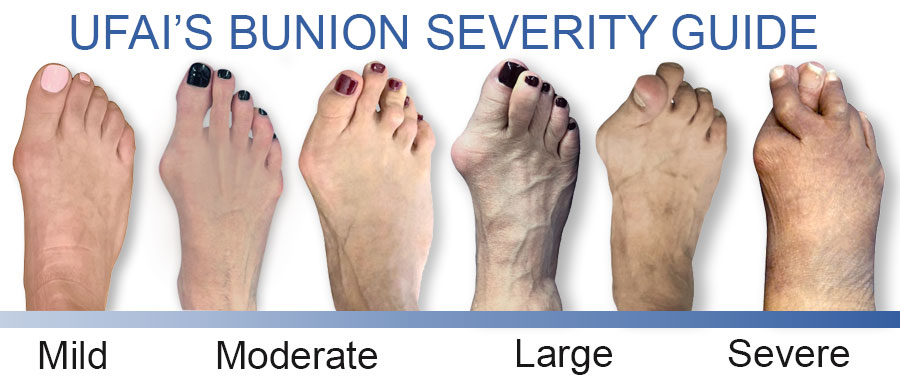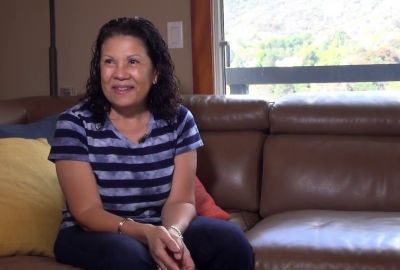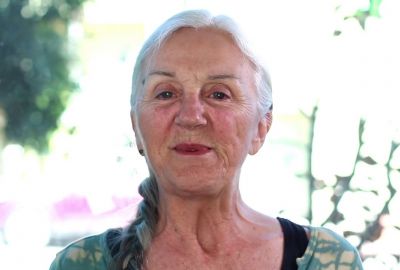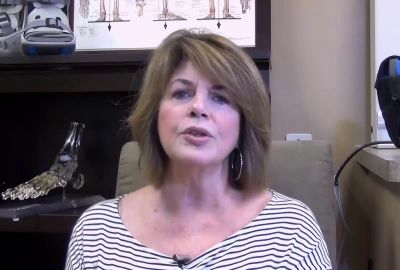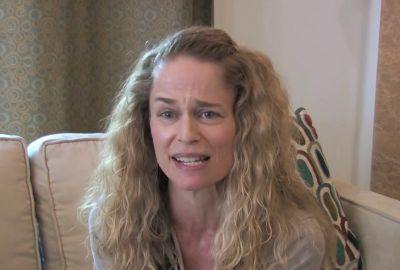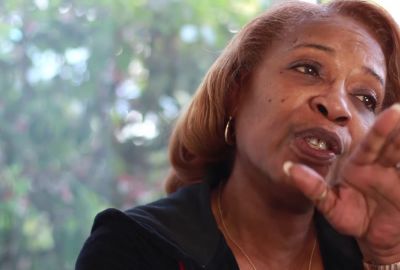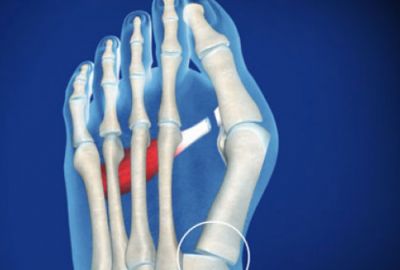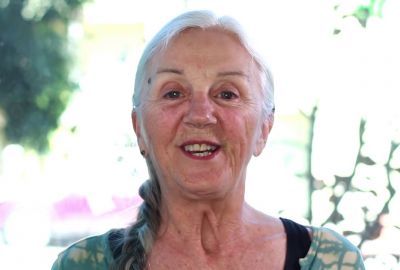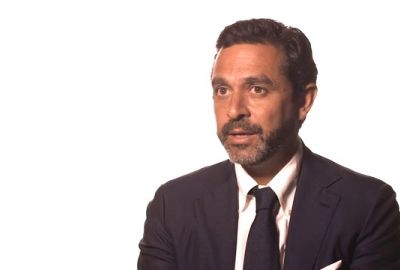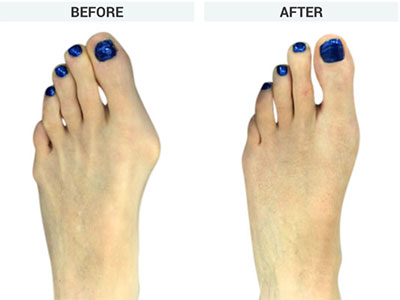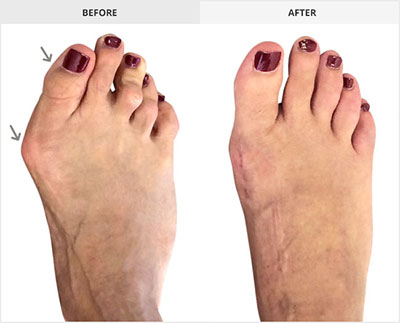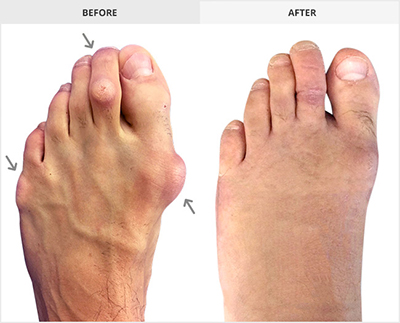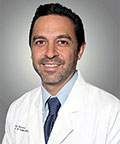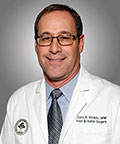- Home
- Foot & Ankle Conditions
- Bunions
Bunions: causes and advanced treatment options
- Published 11/11/2018
- Last Reviewed 12/5/2024
What is a Bunion?
A bunion typically appears as a bony bump on the inside edge of the foot, where the innermost long bone of the foot (called the first metatarsal) meets the base of the big toe.
The visible bump appears when the first metatarsal tilts outward, causing the head of the bone to protrude. A bunion can also form at the base of the little toe, at which point it is known as a tailor's bunion.
Causes of a bunion can include genetics, structural abnormalities of the foot, pregnancy, rheumatoid arthritis, and long-term wearing of high heels or pointy shoes.
- What sets UFAI's experts apart from other bunion surgeons?
- Our decades of surgical advances include:
- Our Bunion Surgeries are essentially painless and virtually scarless
- What happens if I do nothing about my bunion?
- Our state-of-the-art bunion correction procedures include:
- Bunion Revision Surgery
- Are there Non-Surgical Bunion Treatments?
- UFAI, the right choice for your bunion treatment
- Bunion FAQs
- Do bunion correctors work?
- Are bunions hereditary?
- How can bunions be prevented?
- Can bunions be corrected without surgery?
- I s bunion surgery covered by insurance?
- How long is recovery from bunion surgery?
- How do you relieve bunion pain when walking?
- Is bunion surgery painful?
- Can you get a bunion on your pinky toe?
- Can bunions cause leg pain?
- What are the best shoes for bunions?
- What are the benefits of bunion surgery for seniors?
- Is bunion surgery outpatient?
-
ABFAS® Board Certified in Foot Surgery and Reconstructive Rearfoot and Ankle Surgery. and Director of University Foot and Ankle Institute
Dr. Bob Baravarian DPM, FACFAS is a Board-Certified Podiatric Foot and Ankle Specialist. He is an assistant clinical professor at the UCLA School of Medicine and serves as Director of University Foot and Ankle Institute.
Dr. Baravarian has been involved in athletics his entire life and played competitive tennis in high school and college. He has an interest in sports medicine, arthritis therapy, and trauma/reconstructive surgery of the foot and ankle. He is also fluent in five languages (English, French, Spanish, Farsi, and Hebrew),
-
ABFAS® Board Certified in Foot and Ankle Surgery and Co-Director of University Foot and Ankle Institute
Board-Certified Podiatric Foot and Ankle Specialist, Dr. Gary Briskin, DPM, FACFAS, began his medical training by serving a residency at Flint General Hospital in Michigan. Once completed, he established a practice in Century City Hospital, where he soon became chief of podiatric surgery.
Dr. Briskin is a Diplomat of the American Board of Podiatric Surgery and a Fellow of the American College of Foot and Ankle Surgeons. He also serves as an assistant clinical professor at the UCLA School of Medicine and is co-founder and co-director of University Foot and Ankle Institute.
Read Our Blog Articles About Bunions
- Bunion Surgery for Seniors: What You Need to Know
- Bunion Surgery for Athletes: Can We Make It Less Disruptive?
- Pediatric Bunion Surgery
- The Link Between Foot Health and Posture
- Understanding Tailor's Bunions: Causes, Symptoms, and Solutions
- Bunion surgery gone wrong: what happens when your bunion surgery fails?
- 12 Tips to Prepare Your Home for Bunion Surgery Recovery
- Do Bunion Surgery Techniques Outlive their Usefulness? Yes!
- Non-Surgical Bunion Treatments
- Bunions vs. Big Toe Arthritis, What's the Difference?
- Little Toe Hurts? Four Things to Know About Pinky Toe Pain
- Got Big Toe Bumps and Lumps? Here’s 5 Things You Need to Know
- 16 Myths About Bunion Surgery Debunked!
- Metal Surgical Screws and Pins May Become Thing of the Past
- Finding the Best Bunion Surgeon: What You Need to Know
- 11 Common Foot Lumps and Bumps and What To Do About Them
- How to Choose Good Bunion Shoes (Even High Heels)!
- Beat the 6 Most Common Walking Pains
- The Least Instagram-able Baby Bump Ever: Pregnancy Bunions
 As a returning patient, they expedited my arrival to exam room, short time for doctor to come ande exam. I find that unusually ...George C.
As a returning patient, they expedited my arrival to exam room, short time for doctor to come ande exam. I find that unusually ...George C. Excellent care and appreciate the kind and attentive
Excellent care and appreciate the kind and attentive
office staff.Colby B. Great serviceJudith K.
Great serviceJudith K. I always recommend this practice. Dr Bob Baravarian is expert and caring. The practice works hard to get you in and out fast! ...Karen G.
I always recommend this practice. Dr Bob Baravarian is expert and caring. The practice works hard to get you in and out fast! ...Karen G. The young man who the Doctor left to pare benign lesions did a very mediocre job. The physical setup to deal with that problem ...Maurice E.
The young man who the Doctor left to pare benign lesions did a very mediocre job. The physical setup to deal with that problem ...Maurice E. Dr. Ryan Carter is. A wonderful podiatrist and an excellent person. Dr. Carter deserves recognition for serving the public ...Anthony D.
Dr. Ryan Carter is. A wonderful podiatrist and an excellent person. Dr. Carter deserves recognition for serving the public ...Anthony D. Efficient, knowledgeable, painless, I would recommend to anyone experiencing problems with their feetRobert S.
Efficient, knowledgeable, painless, I would recommend to anyone experiencing problems with their feetRobert S. Dr Kelman is the best!Hilary B.
Dr Kelman is the best!Hilary B. Everyone was greatWendy H.
Everyone was greatWendy H. Dr Briskin is absolutely the best. I have been there 3-4 times and always satisfied w service. Wouldn't go anywhere else.Laura D.
Dr Briskin is absolutely the best. I have been there 3-4 times and always satisfied w service. Wouldn't go anywhere else.Laura D. Appreciate the efficient in processing.James T.
Appreciate the efficient in processing.James T. Only five stars? Why can't I give more. Dr. Franson and Suzanne Hawson are the best. Both are totally down to earth and treat y...Mike M.
Only five stars? Why can't I give more. Dr. Franson and Suzanne Hawson are the best. Both are totally down to earth and treat y...Mike M.
-
 Listen Now
Bunion Surgery for Athletes: Can We Make It Less Disruptive?
Read More
Listen Now
Bunion Surgery for Athletes: Can We Make It Less Disruptive?
Read More
-
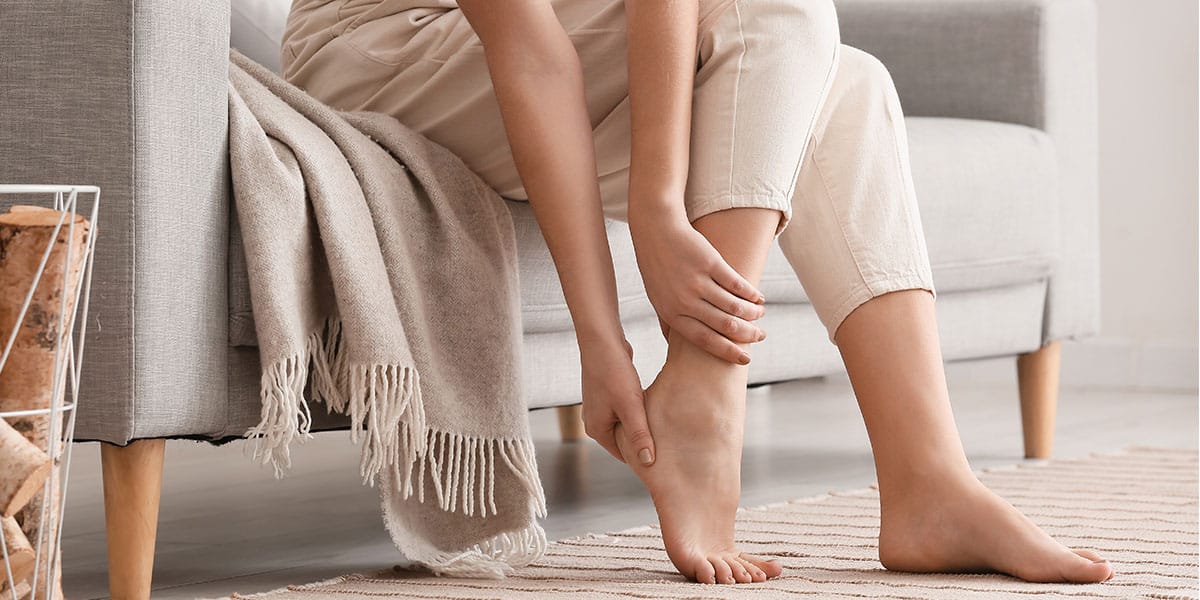 Listen Now
The Link Between Foot Health and Posture
Read More
Listen Now
The Link Between Foot Health and Posture
Read More
-
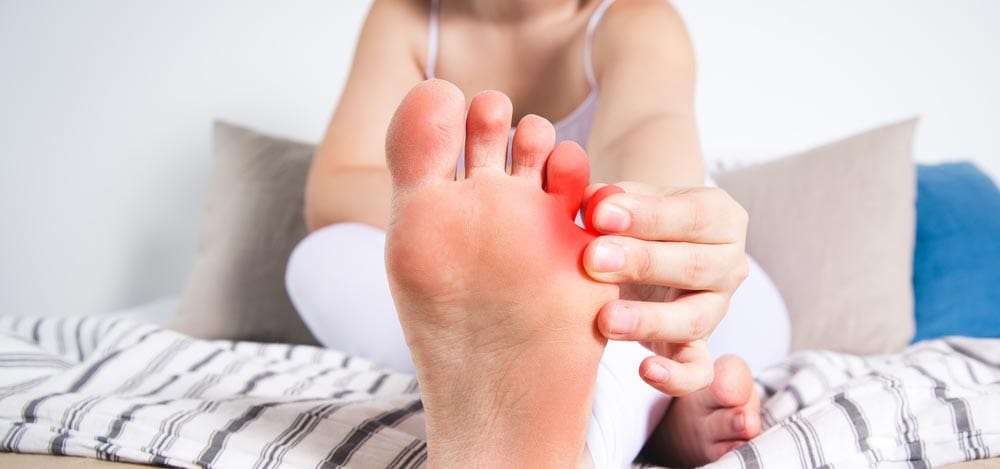 Listen Now
Little Toe Hurts? Four Things to Know About Pinky Toe Pain
Read More
Listen Now
Little Toe Hurts? Four Things to Know About Pinky Toe Pain
Read More
-
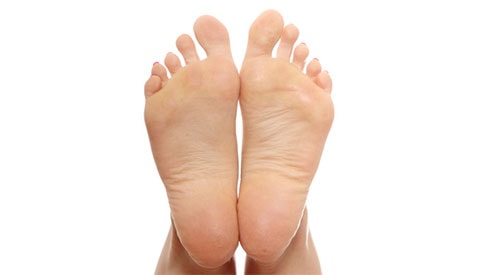 Listen Now
Bunions vs. Big Toe Arthritis, What's the Difference?
Read More
Listen Now
Bunions vs. Big Toe Arthritis, What's the Difference?
Read More
-
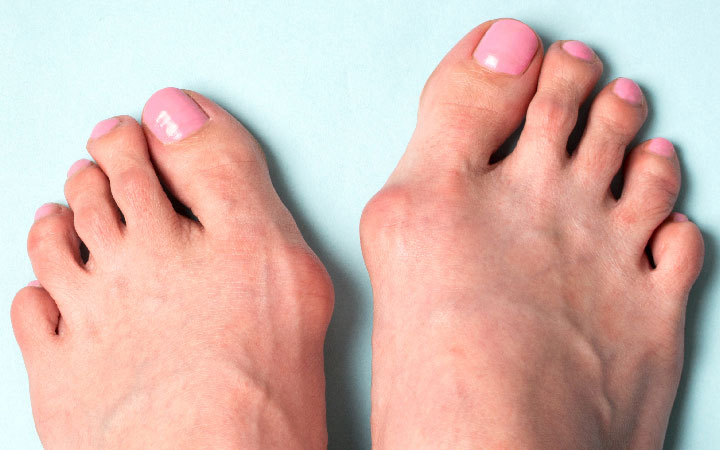 Listen Now
Non-Surgical Bunion Treatments
Read More
Listen Now
Non-Surgical Bunion Treatments
Read More
-
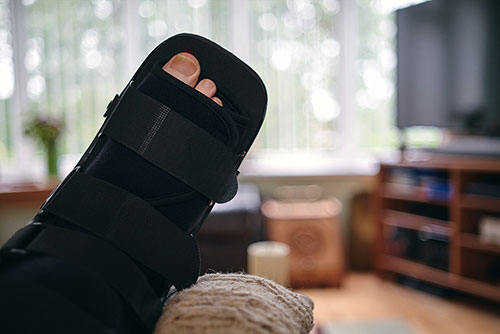 Listen Now
12 Tips to Prepare Your Home for Bunion Surgery Recovery
Read More
Listen Now
12 Tips to Prepare Your Home for Bunion Surgery Recovery
Read More
-
 Listen Now
Pediatric Bunion Surgery
Read More
Listen Now
Pediatric Bunion Surgery
Read More
-
 Listen Now
Bunion Surgery for Seniors: What You Need to Know
Read More
Listen Now
Bunion Surgery for Seniors: What You Need to Know
Read More
-
 Listen Now
Finding the Best Bunion Surgeon: What You Need to Know
Read More
Listen Now
Finding the Best Bunion Surgeon: What You Need to Know
Read More
-
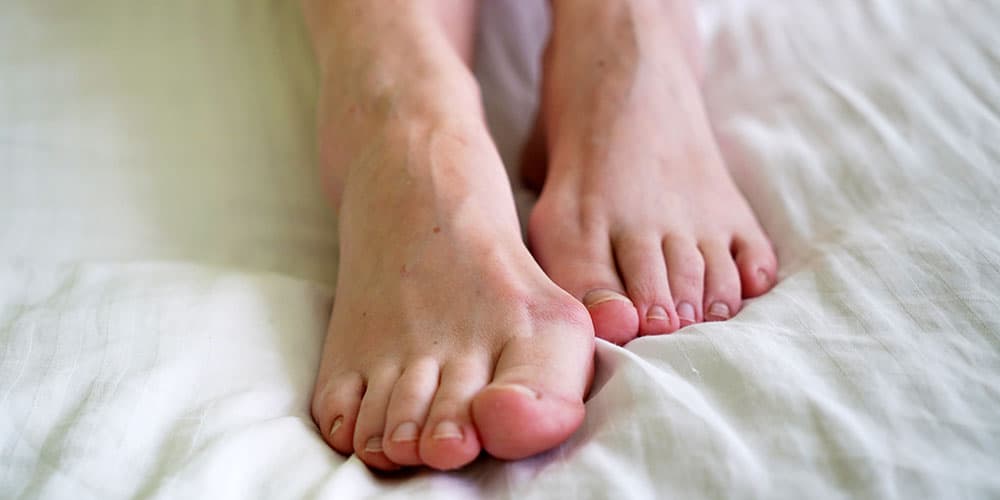 Listen Now
Bunion surgery gone wrong: what happens when your bunion surgery fails?
Read More
Listen Now
Bunion surgery gone wrong: what happens when your bunion surgery fails?
Read More
-
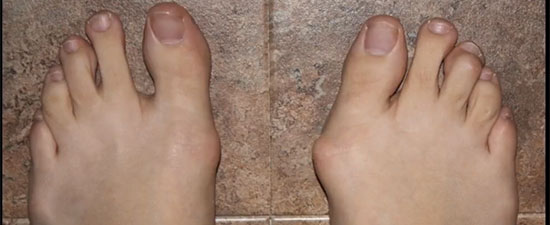 Listen Now
16 Myths About Bunion Surgery Debunked!
Read More
Listen Now
16 Myths About Bunion Surgery Debunked!
Read More
-
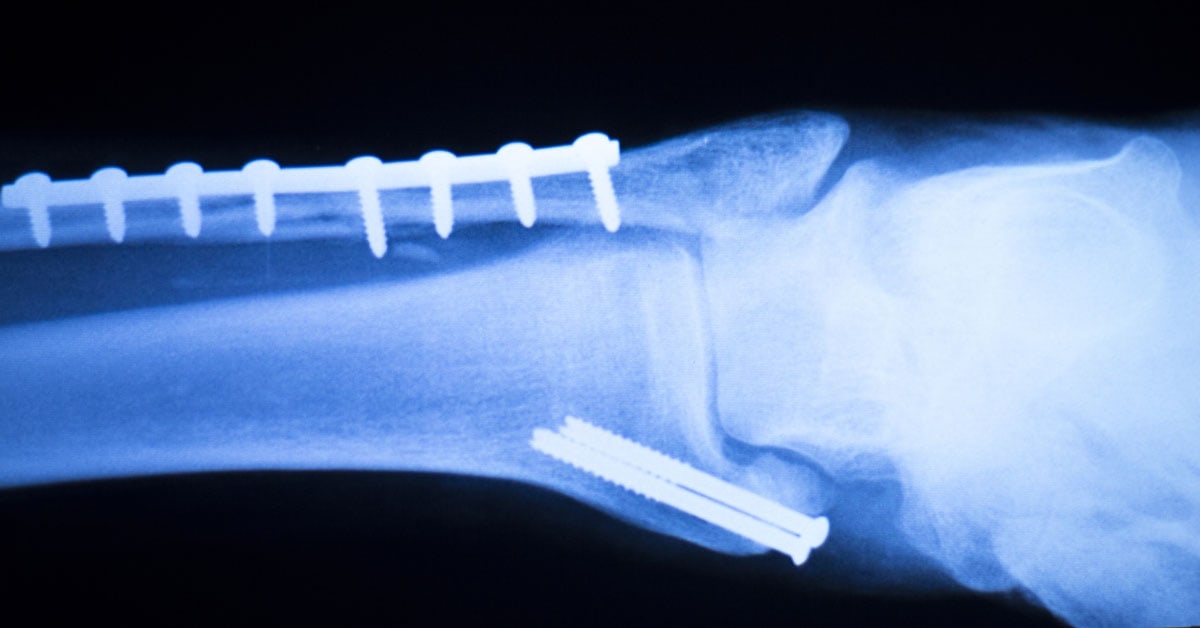 Listen Now
Metal Surgical Screws and Pins May Become Thing of the Past
Read More
Listen Now
Metal Surgical Screws and Pins May Become Thing of the Past
Read More
-
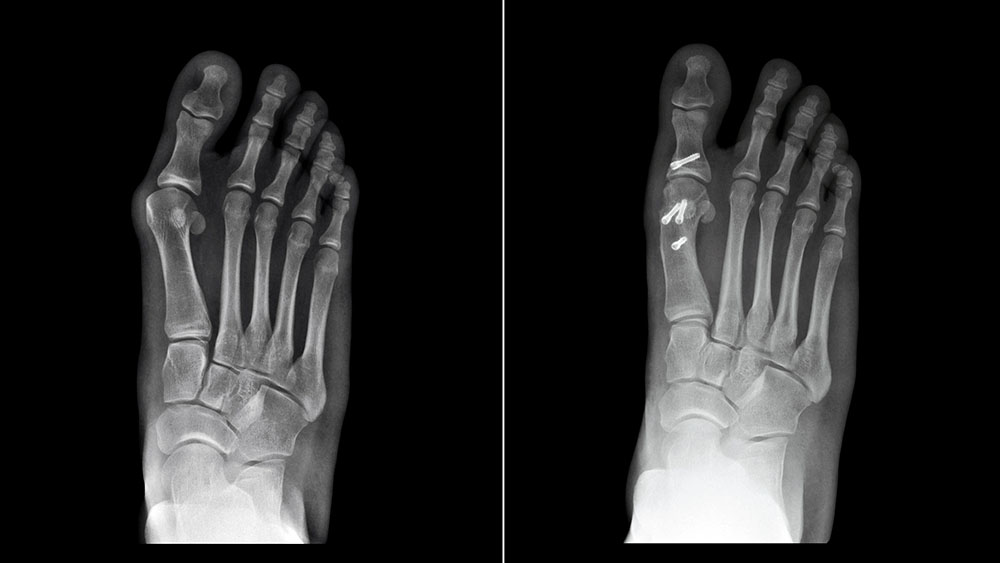 Listen Now
Do Bunion Surgery Techniques Outlive their Usefulness? Yes!
Read More
Listen Now
Do Bunion Surgery Techniques Outlive their Usefulness? Yes!
Read More
-
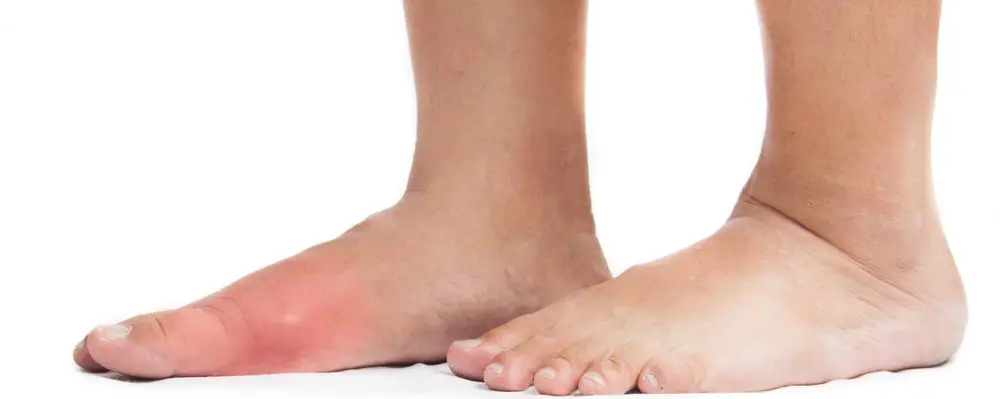 Listen Now
Got Big Toe Bumps and Lumps? Here’s 5 Things You Need to Know
Read More
Listen Now
Got Big Toe Bumps and Lumps? Here’s 5 Things You Need to Know
Read More
-
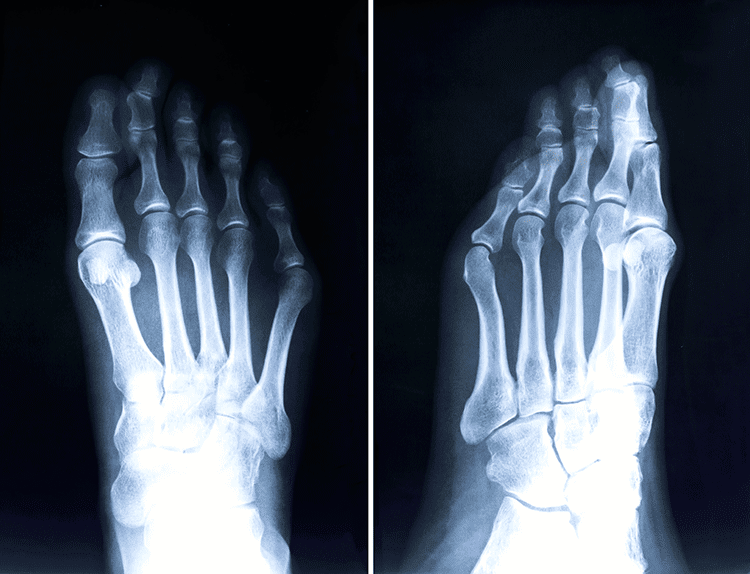 Understanding Tailor's Bunions: Causes, Symptoms, and Solutions
Read More
Understanding Tailor's Bunions: Causes, Symptoms, and Solutions
Read More
